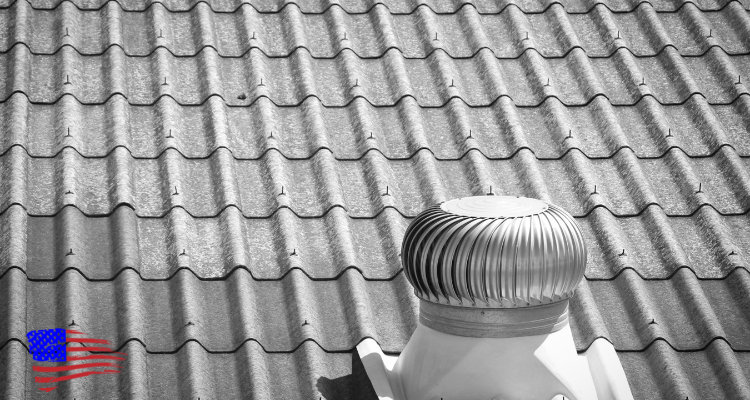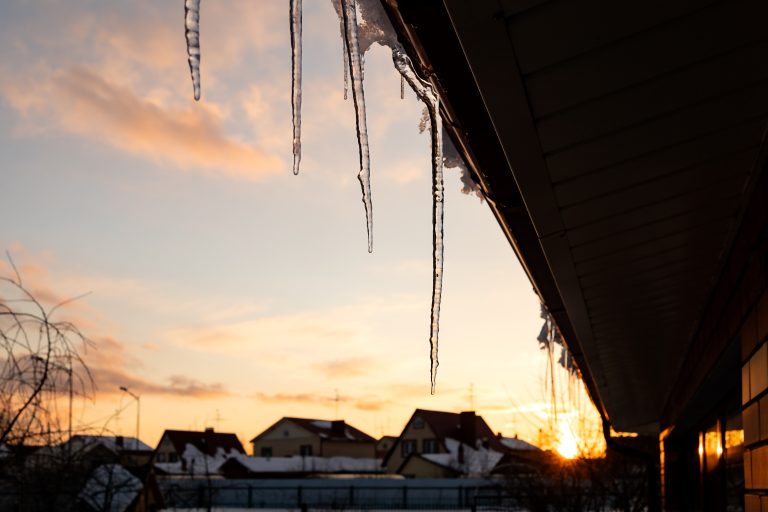When folks think about roofing, they often picture shingles, gutters, and flashing—but rarely ventilation. At Doc’s Roofing, we can’t stress enough how proper roof ventilation is just as important as your roofing material. It helps regulate temperature, control moisture, and even extend the life of your roof.
Let’s break down what roof ventilation is, how it works, and why it’s a must-have for every Texas home.
🌬️ What Is Roof Ventilation?
Roof ventilation is a system that allows fresh air to enter your attic while pushing hot, moist air out. It usually includes two parts:
-
Intake vents (often in the soffits/eaves)
-
Exhaust vents (like ridge vents, turbines, or attic fans)
Together, these create a cycle of air movement that helps keep your attic—and entire home—healthy.
🔥 Why It Matters in Texas
Texas summers can cook your attic to well over 150°F. Without good ventilation, that trapped heat seeps into your living space, overworking your AC and raising your energy bills.
But that’s not all. Warm, moist air from showers, cooking, and laundry also rises into the attic. Without a way to escape, it can:
-
Soak into your insulation (reducing its effectiveness)
-
Lead to mold and mildew
-
Warp your roof decking
-
Shorten your shingle lifespan
A well-ventilated roof is a cooler, drier roof—and that makes a huge difference.
🔄 Common Ventilation Types
Let’s break down the most popular systems Doc’s Roofing installs:
1. Ridge Vents
Installed along the peak of your roof, ridge vents let hot air escape naturally. When paired with soffit vents, they create an efficient passive system—no electricity required.
2. Soffit Vents
These intake vents pull in cooler air from beneath the eaves, completing the airflow cycle. They’re key to making exhaust vents work properly.
3. Attic Fans
These electric or solar-powered fans actively push out hot air. They’re great in larger or more complex roof systems where passive ventilation isn’t enough.
4. Turbine Vents
Wind-powered vents that spin to suck out hot air. They’re low-maintenance and highly effective in windy areas.
🛠️ Signs of Poor Ventilation
If you notice any of these, it might be time to give Doc’s Roofing a call:
-
High indoor temps despite running AC
-
Ice dams in winter (for those rare Texas freezes)
-
Curling shingles or roof discoloration
-
Mold in attic or musty odors
-
Uneven temperatures between rooms
📈 The Long-Term Benefits
Proper ventilation doesn’t just protect your comfort—it protects your investment.
-
Longer roof lifespan (less heat + moisture = less damage)
-
Better energy efficiency
-
Improved indoor air quality
-
Preserved attic insulation
-
Reduced chance of costly mold remediation
🧰 Ventilation as Part of a Weather-Tough Roofing System
At Doc’s Roofing, we don’t just slap on shingles and call it a day. We install complete systems, and that includes the right balance of intake and exhaust ventilation tailored to your home’s size and structure.
Whether you’re replacing your roof or upgrading your current system, we can inspect your attic airflow and offer smart, energy-saving solutions.
Let’s breathe some fresh air into your roof.
Call (972) 217-4633 or visit docsroofing.net for a free ventilation assessment today.



